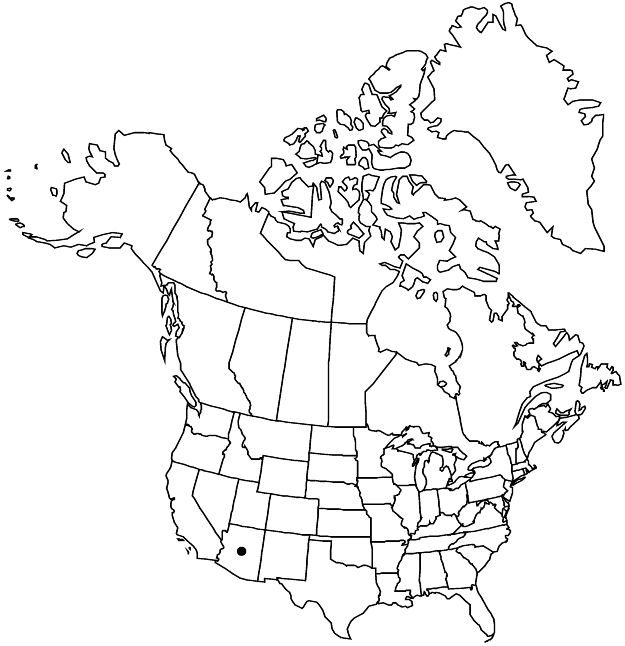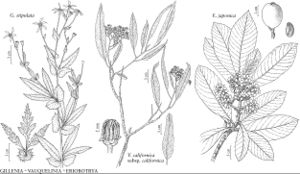Difference between revisions of "Vauquelinia californica subsp. californica"
imported>Volume Importer |
imported>Volume Importer |
||
| Line 43: | Line 43: | ||
|publication year= | |publication year= | ||
|special status= | |special status= | ||
| − | |source xml=https:// | + | |source xml=https://bitbucket.org/aafc-mbb/fna-data-curation/src/2e0870ddd59836b60bcf96646a41e87ea5a5943a/coarse_grained_fna_xml/V9/V9_724.xml |
|subfamily=Rosaceae subfam. Amygdaloideae | |subfamily=Rosaceae subfam. Amygdaloideae | ||
|tribe=Rosaceae tribe Gillenieae | |tribe=Rosaceae tribe Gillenieae | ||
Latest revision as of 22:58, 5 November 2020
Young stems initially tomentulose, becoming canescent or tardily glabrate. Leaves: petiole (4–)7–15(–26) mm; blade bicolor, abaxially white, adaxially green and lustrous, lanceolate to oblong-lanceolate or narrowly elliptic, (3.5–)4–9(–15) × (0.7–)1–2(–3.2) cm, surfaces initially villous-tomentulose, abaxially usually sparsely white-puberulent, hairs slightly coiled, sometimes glabrate or glabrous, adaxially mostly glabrate or glabrous. Corymbs 3–5(–12) × 3–8(–13) cm. Flowers: hypanthium 2–2.5(–3) × 2–3.7(–4.5) mm, exterior tomentulose or tardily glabrate, interior glabrous; sepals 1.4–2.1 × 1.5–2.3 mm, puberulent-villous; petals 4–5 × 2.5–3.5 mm; filaments 3–5.5 mm. Capsules 5–6.5 × 3.5–4.5 mm. Seeds 4–5 × 1.2–1.3 mm. 2n = 30.
Phenology: Flowering spring.
Habitat: Limestone and granite substrates, shrublands of upper Sonoran Desert from above desert plains to lower pinyon-juniper zones
Elevation: 700–1800 m
Distribution

Ariz., Mexico (Baja California, Baja California Sur).
Discussion
Subspecies californica shows considerable variation among populations, particularly with regard to vestiture, leaf size and shape, petiole length, and number of marginal teeth. Often populations within the same mountain ranges in Arizona share the same pattern of variation. Most of the populations have distinctly bicolor leaves, at least when young, or abaxially become weakly puberulent and persistently, closely tomentulose to canescent with tightly coiled hairs.
The name Vauquelinia torreyi S. Watson, which is illegitimate, pertains here.
Selected References
None.
